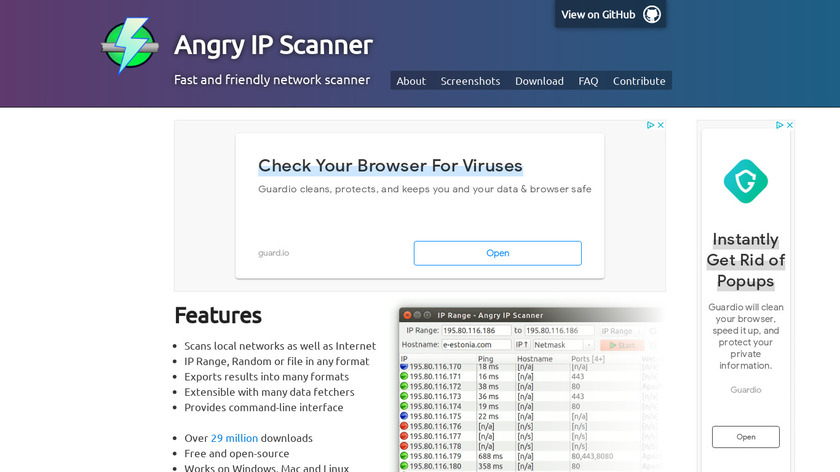
To begin, let's fire up Kali Linux and open nmap. This post will take you through some more advanced features so that it can be an even more useful tool for you.

In addition, I showed you how to change the speed of the scans to evade intrusion detection systems. I've already shown you some of the basics of nmap, like performing port scans using the TCP (-sT) and SYN (-sS) scans, as well as performing OS (-O) detection. Don't Miss: Tactical Nmap for Beginner Network Reconnaissance.I STRONGLY recommend that you master nmap if you are to truly call yourself a hacker. There are a number of other recon tools that are also helpful such as hping and xprobe, but nmap is the standard by which all others are judged. In an earlier post, I had shown you the most widely-used and valuable reconnaissance tool in the hacker's toolbox, nmap. If you haven't taken the time to gather this info, then you are likely wasting your time. As I have emphasized many times before here on Null Byte, you must know the operating system, the ports, the services, the applications, and sometimes even the language of the target to be effective. Reconnaissance is one of the most important preparatory steps to hacking.


 0 kommentar(er)
0 kommentar(er)
